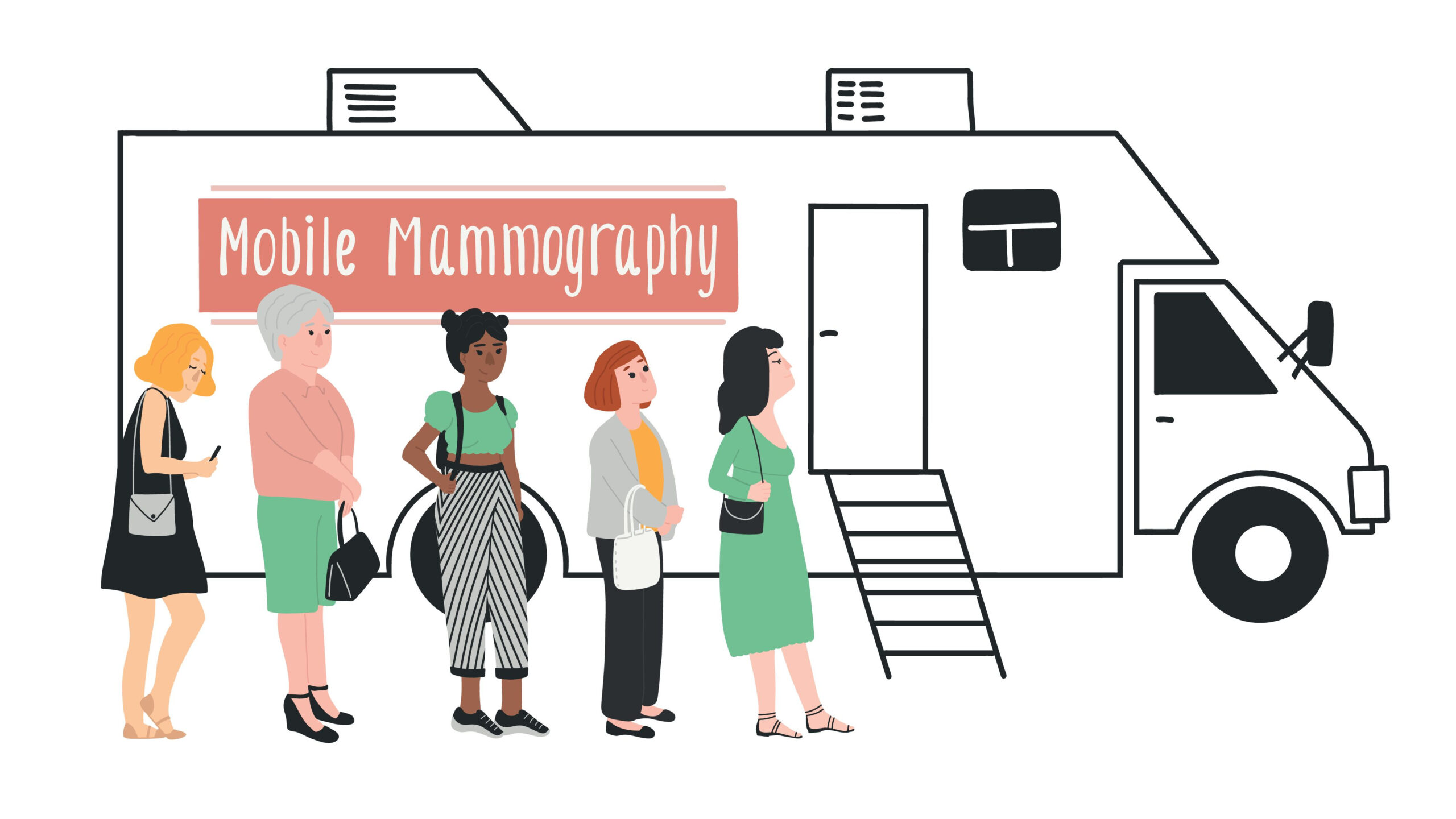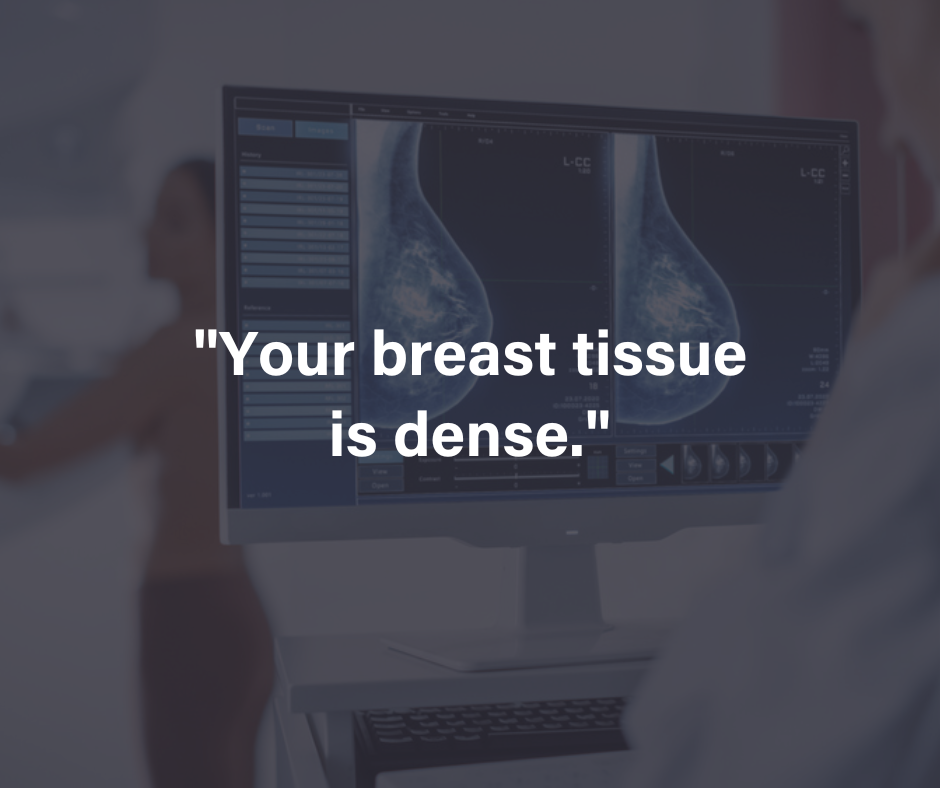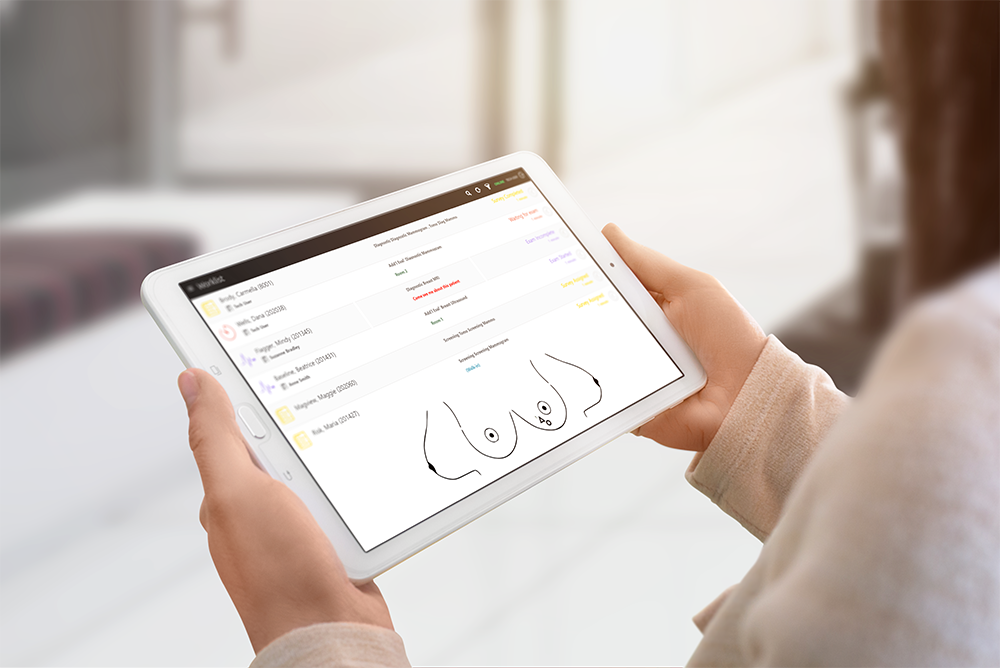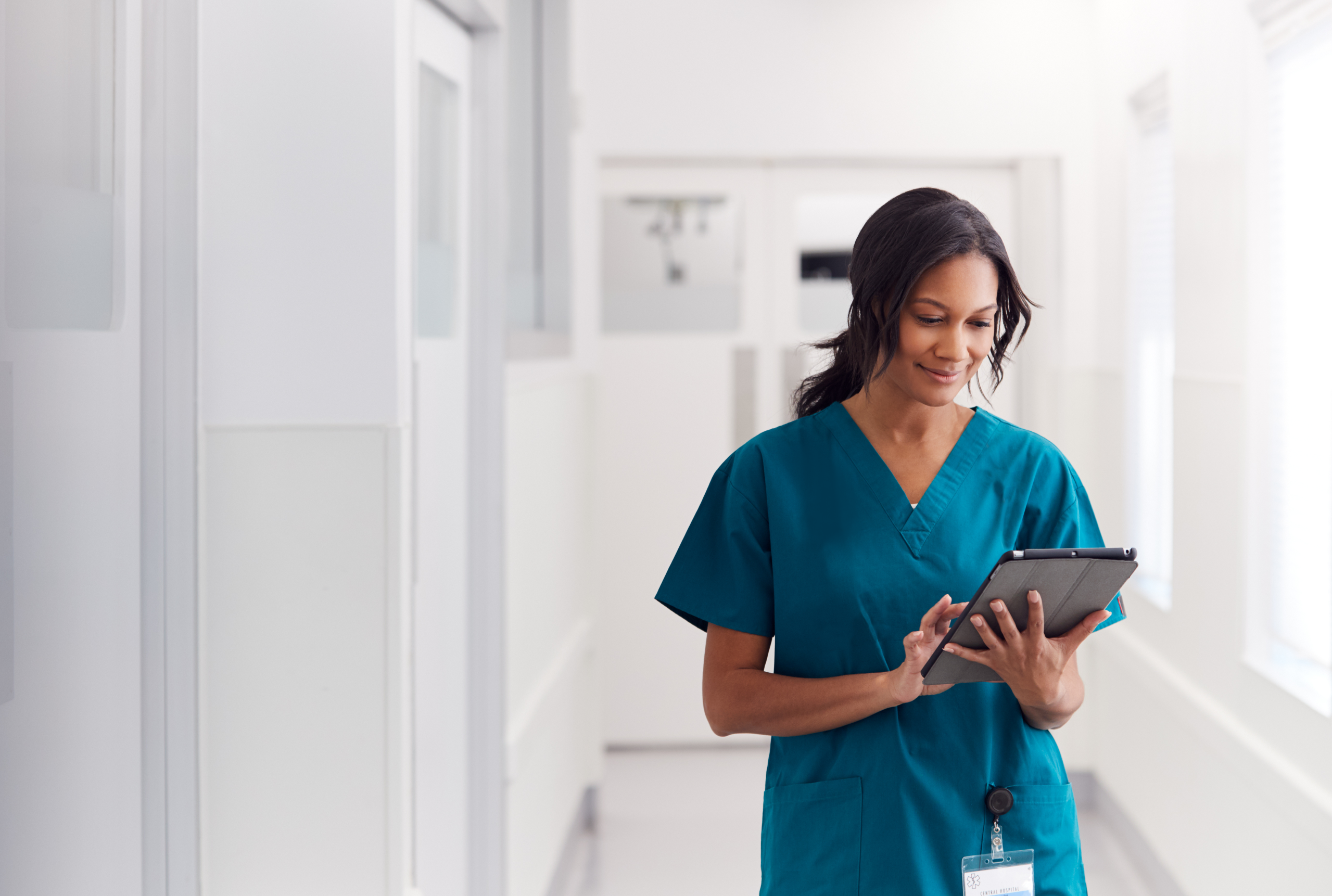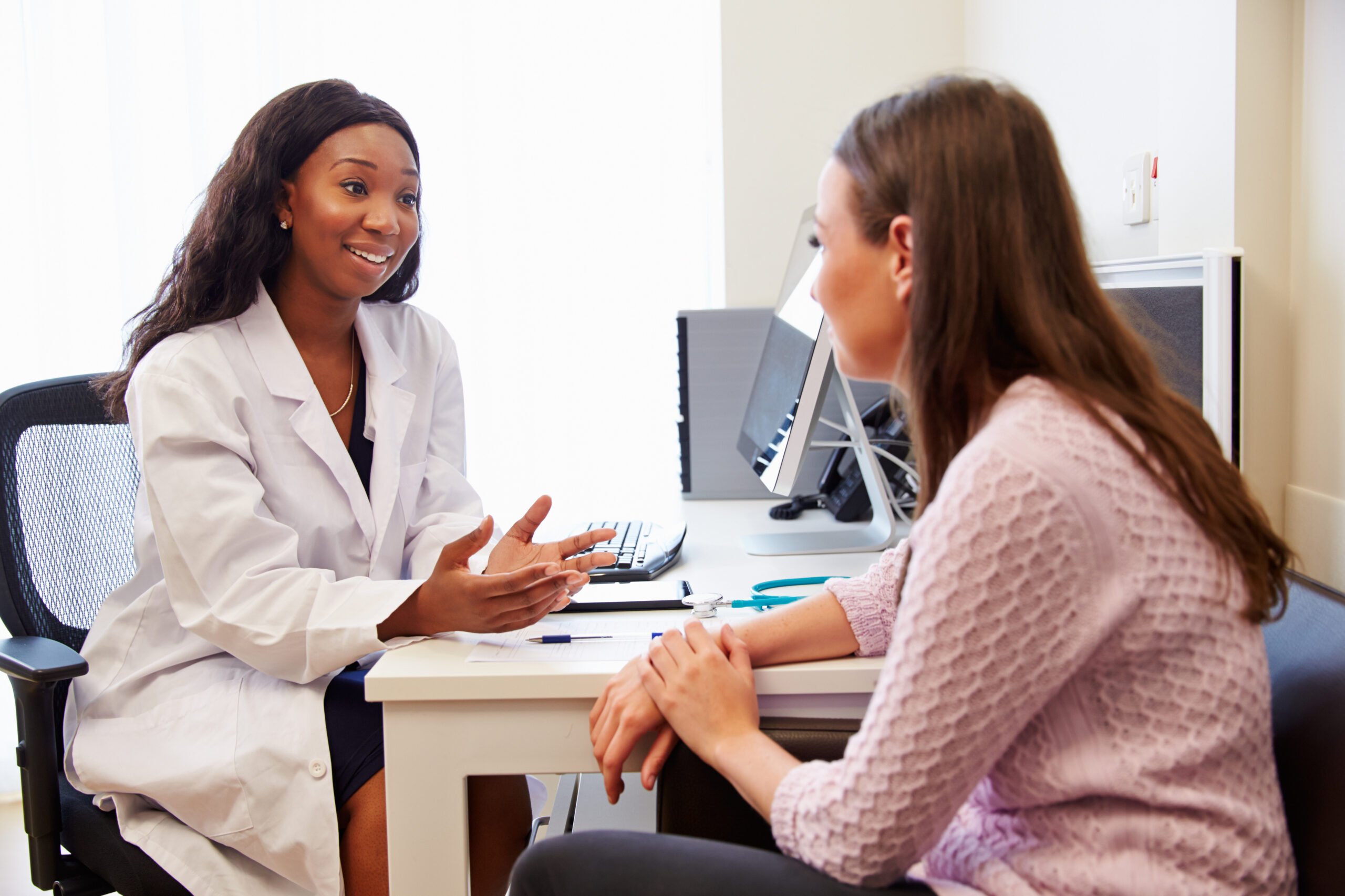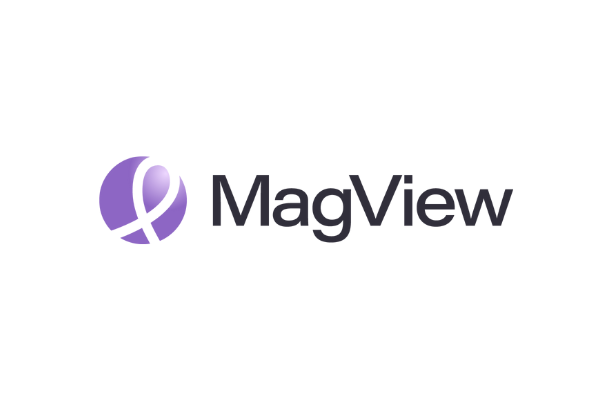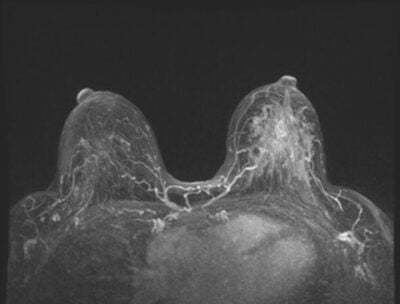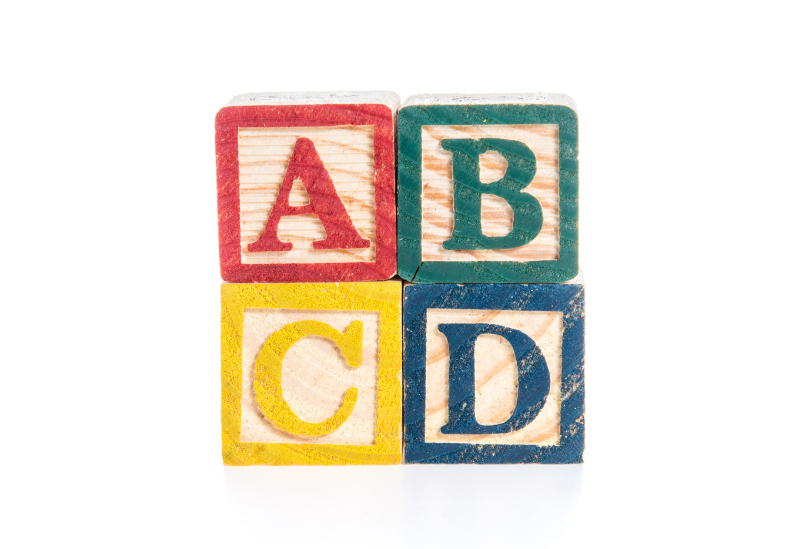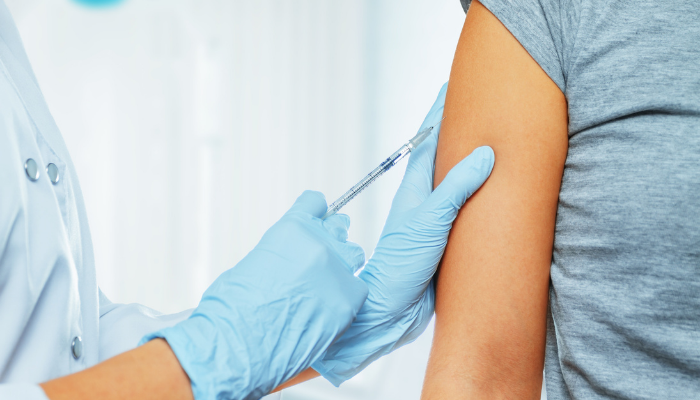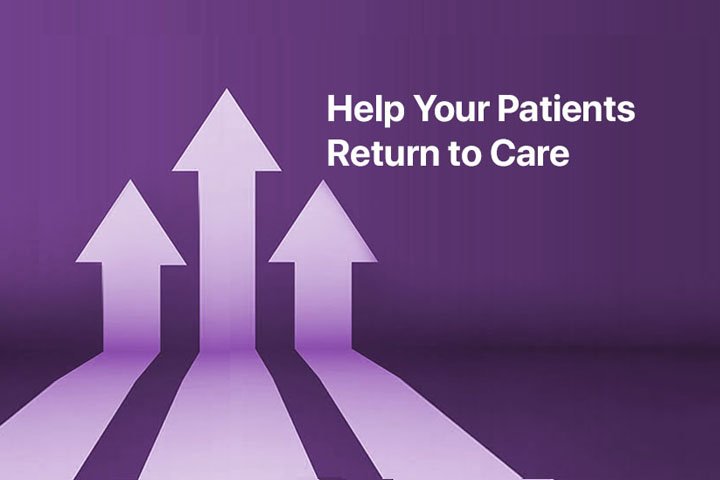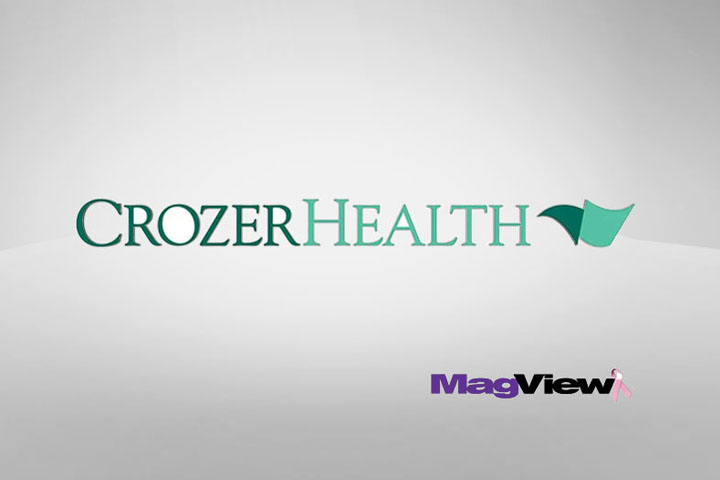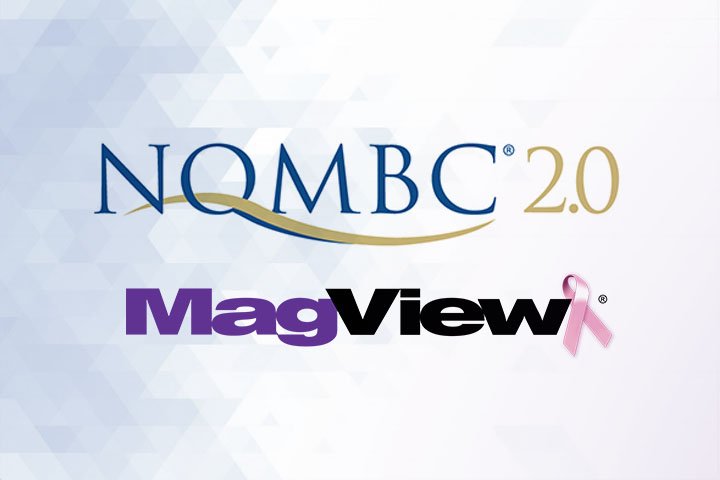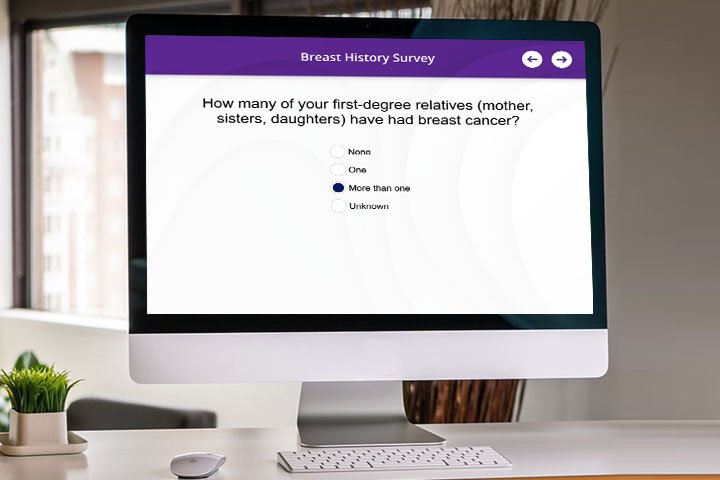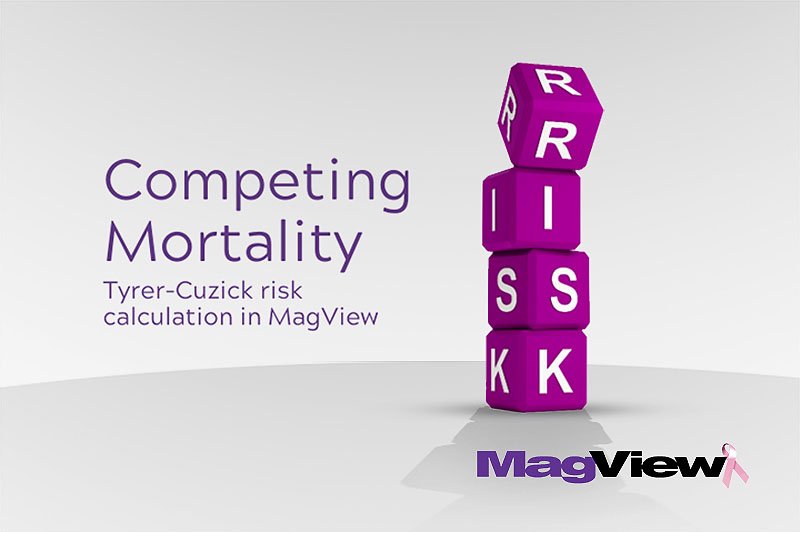We’ve talked a lot about the topic of mammograms: what to expect during a mammogram, clearing up some myths about them, and what a diagnostic mammogram actually is.
In this article, we’ll talk all about preparation for the mammogram test and what kind of preparation is necessary for a mammogram.
A mammogram is a way to detect breast cancer through an x-ray of the breast. It is a routine part of screening for breast cancer. Mammograms are typically recommended at a certain age. However, a doctor may recommend a mammogram in the case of a change to the breast or high-level risk.
For a lot of women, mammograms can be an intimidating experience, especially before their very first time. But when you know how to prepare and how to approach the mammogram experience, it can make it much easier and less nerve-wracking.
Luckily, preparation for a mammogram only requires a few easy steps from the patient and a lot of open communication with the doctor as the technologist performing the mammogram.
To learn more about what to expect during the mammogram procedure, see our article on the topic here.
What is a mammogram & what are the different types?
Mammography is a special x-ray that takes pictures of the tissue inside the breast. Its purpose is to detect any abnormalities or tumors which could be cancerous. There are two types of mammography:
Screening mammography
Screening mammography is the type of mammography meant to identify and check any changes in the breast. It is for women who do not exhibit any signs or symptoms, so the intention is to look for any cancer before signs become noticeable.
Diagnostic mammography
Diagnostic mammography is used to investigate any discovered abnormalities or changes in the breast, such as:
- Nipple thickening
- Nipple discharge
- Breast lumps
- Pain in the breast or armpit
- Unusual change in skin appearance
When it comes to breast cancer, early detection can save lives. While mammograms may be intimidating, they are required to help detect any breast abnormalities before they grow to become worse. Undergoing screening can help extend the life span of those with breast cancer and increase the chance of catching breast cancer in its early stages.
Preparation for mammogram screening
To make your mammogram experience easier, we’ve come up with a list of items you should be aware of leading up to the mammogram. Preparation can help reduce any anxiety you have about the exam and can also produce more accurate exam results. Here is how to prepare for a mammogram and some mammogram preparation instructions:
Communicate with your doctor
Before the exam, inform your doctor if you are pregnant or if you think you might be pregnant. This is important because there are different mammography procedures for pregnant women. What’s more, the doctor may choose to reschedule if you are, in fact, pregnant (depending on your situation).
Before the appointment, you should also describe any breast changes or issues you’ve been having in addition to any notable medical history (whether you’ve had cancer or family history of cancer in the past, etc.) to the doctor if they are not already informed. Other things you should mention are any surgeries you’ve had in the past or hormone use.
Communicate with the technologist
On the day of the exam, when you meet with the technologist, be sure to list any breast symptoms you’re experiencing that day and also be ready to detail your medical history to the technologist. For women who are breastfeeding, be sure to mention this to the technologist so that they can allow you time to pump before the exam. Breastmilk can interfere with x-ray imaging and increase the likelihood of inaccurate results.
Diet & medication
Diet has very little effect on the mammogram. Other than reducing your consumption of caffeine (which can cause increased breast tenderness) and chocolate a few days before the mammogram, you can eat as you normally would. You can also take your normal medicines prior to the exam unless instructed to do otherwise by your doctor.
It is recommended that if you have sensitive breasts that day or if you’re worried about the discomfort, take an over-the-counter pain reliever before the exam to ease any pain.
Products
Women are told not to put any products on their neck, armpits, and chest, which could be mistaken for microcalcifications and make the images harder for the doctor to examine correctly. Your breasts and the surrounding area should remain product-free, to not interfere with the x-ray, and cause unnecessary confusion (and stress for the patient). That includes deodorants, lotions, body powder, perfumes, and any other creams.
Scheduling
It’s important to try and have your mammogram appointment occur one week after your period finishes. Conversely, make sure to try and avoid scheduling the appointment in the week before you expect to get your period. Women who have already gone through menopause don’t need to consider a specific time of the month for scheduling a mammogram.
Clothing
It’s best to wear a two-piece outfit on the day of the mammogram because you will have to take off the top part of your clothing so your breasts can be put under the x-ray. Also, you will be asked to remove all jewelry before the exam, so it may be easier not to wear any that day.
It is also advised that you wear flat, comfortable shoes on exam day as you must stand during a mammogram. If you’re wearing heels, this could throw you off balance and interfere with getting accurate results.
What to bring with you
Here is how to prepare for a mammogram as far as items you should bring with you:
- Have your doctor’s note or prescription with you for the study
- Bring your ID and insurance information with you for check-in at the appointment
- If it’s your first time at the facility, bring a list of any prior mammograms, biopsies, images, results summaries, etc.
- Try getting any records and images sent over to the mammogram facility so previous images can be compared with new ones for more accurate data.
Choose a certified mammography center
It’s important to choose a certified mammogram facility that conducts many mammograms a day with experienced technologists. Go preferably to one that implements MagView breast center solutions. This way, if you need further imaging or a biopsy, you can go back to the same place and have the results automatically compared year over year.
Things to remember
It’s completely normal to be nervous before a mammogram—especially if it’s your first time or if you’ve had negative results in the past. Don’t be afraid of voicing these concerns to the technician, as it can help them understand how best to support you during the exam.
Preparation for a diagnostic mammogram
If your first mammogram leads to you needing a diagnostic mammogram, there’s no need to worry right away. It’s important to remember only 2-4 screening mammograms out of 1,000 lead to a diagnosis of breast cancer.
As mentioned earlier, a diagnostic mammogram is conducted if an abnormality is detected during the screening exam or if the woman is experiencing unusual breast symptoms. Here is what to expect from a diagnostic mammogram:
- A larger amount of images will be taken, especially in the area where there is an abnormality. As such, the diagnostic exam may take longer to complete.
- Instead of leaving and waiting for the results, the radiologist will check the images while you are at the appointment to see if any images need to be re-taken.
- Special imaging might be used or magnification to make any specific areas more clear in the images.
Conclusion
When you know how to prepare for a mammogram and can take the preparation steps for a diagnostic mammogram, it will make the appointment much less stressful for you and help you to get more accurate results.
After the mammogram, it’s normal to experience slight pain, aching, and skin discoloration in the areas where your breasts were compressed. It’s typically fine for you to resume your usual routine afterward, like work, driving, exercise, etc.
After a screening exam, the results will be given to your doctor, and you usually hear back about any results within 30 days of your mammogram appointment.
Learn more about MagView breast center solutions and how they improve mammogram processes and results here.


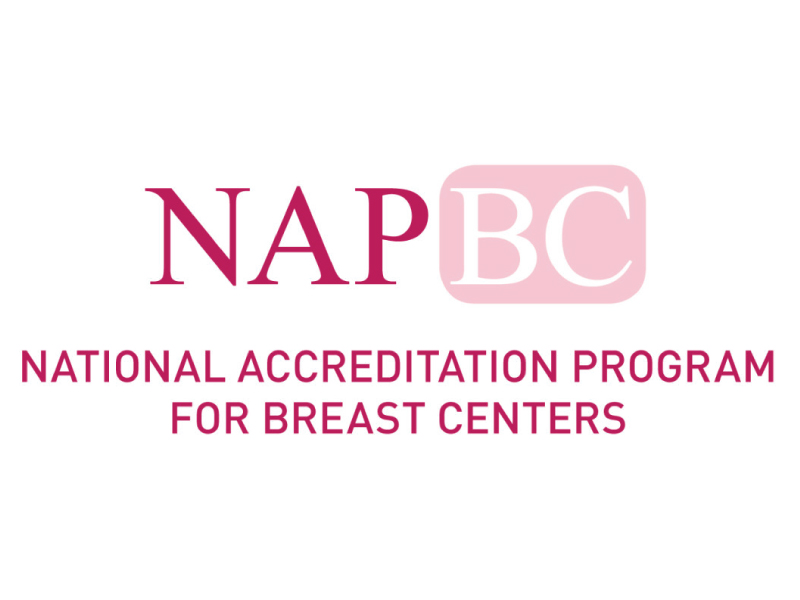
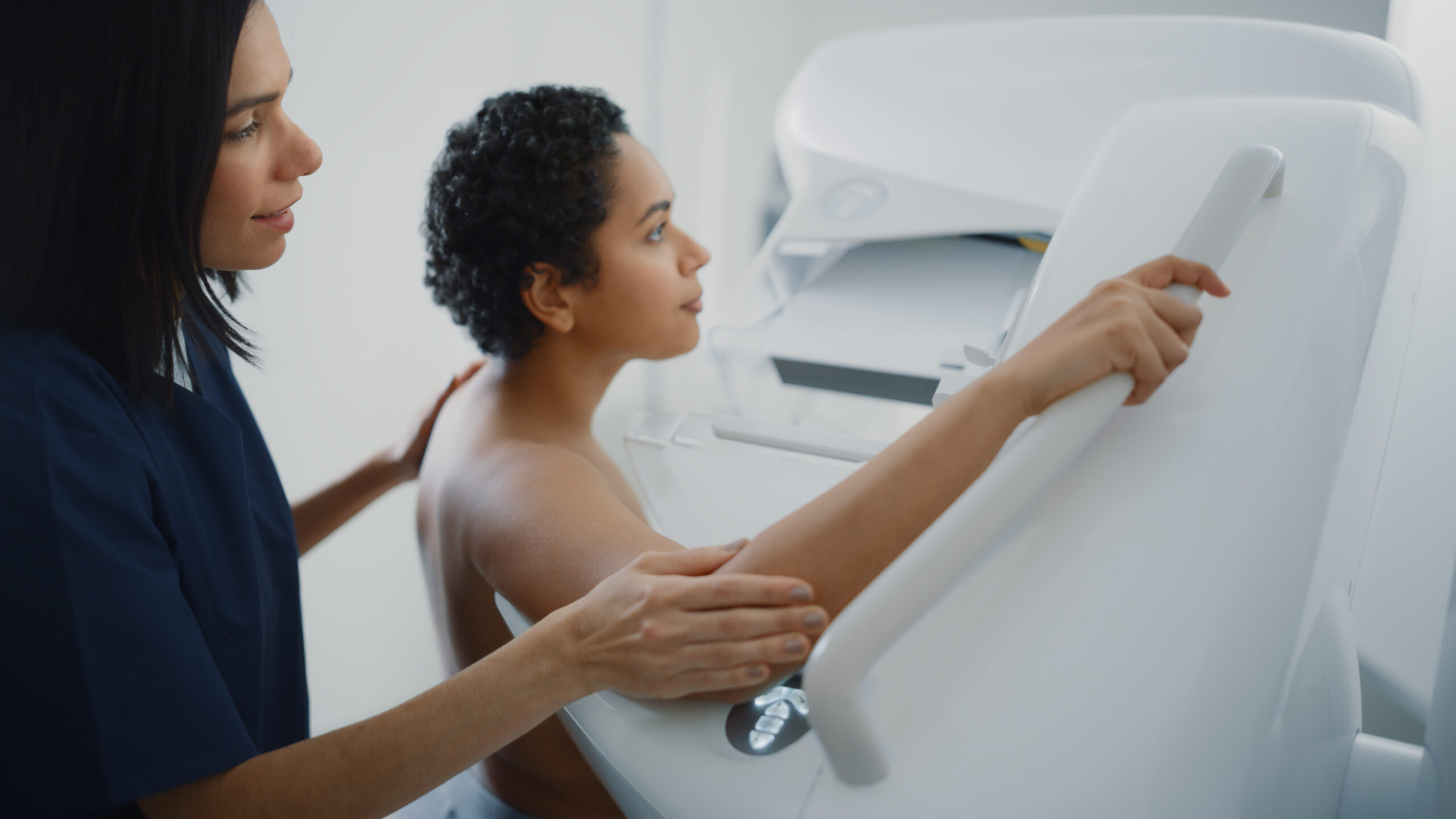
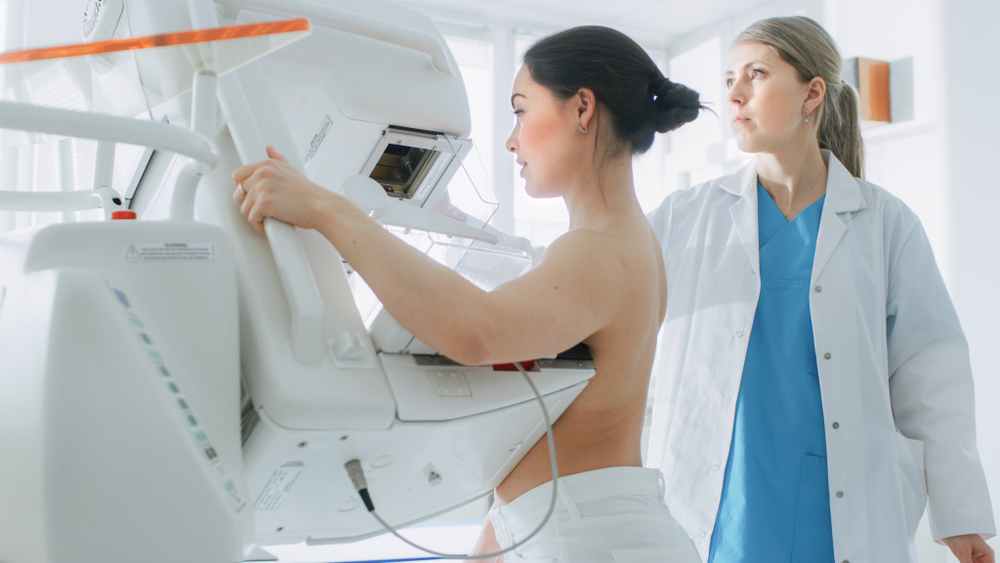
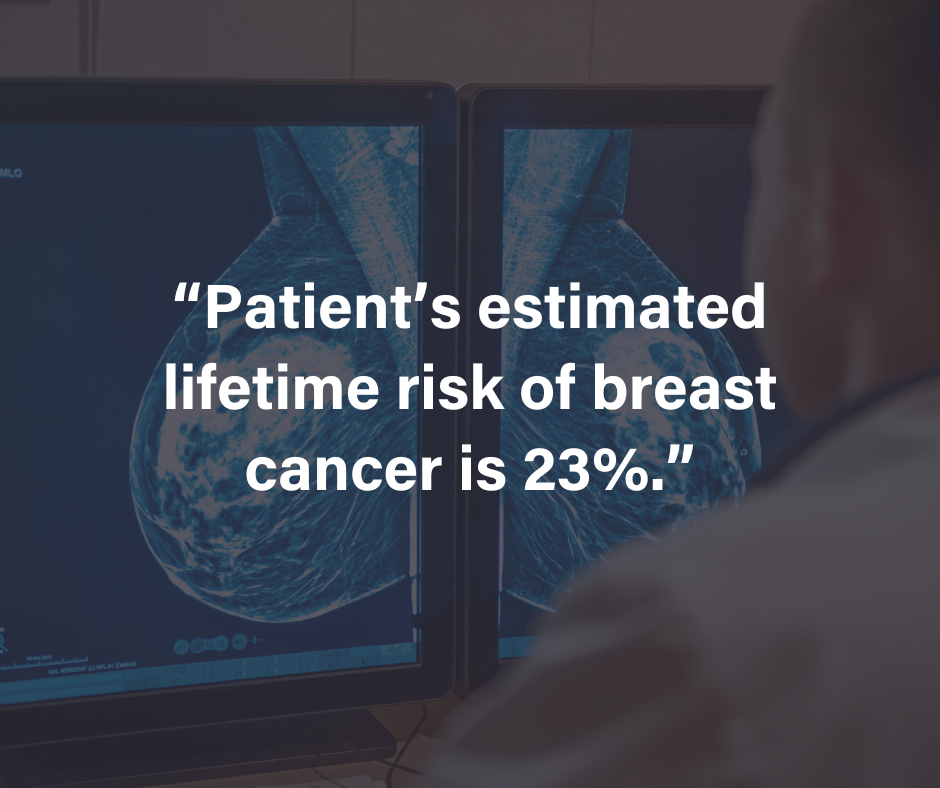
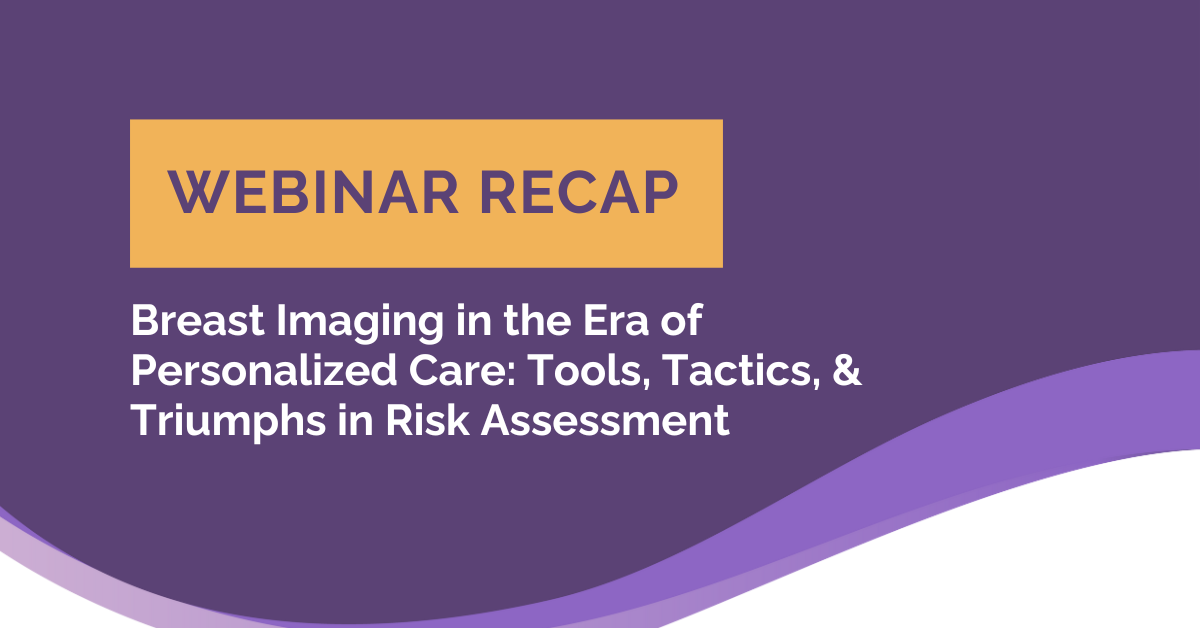




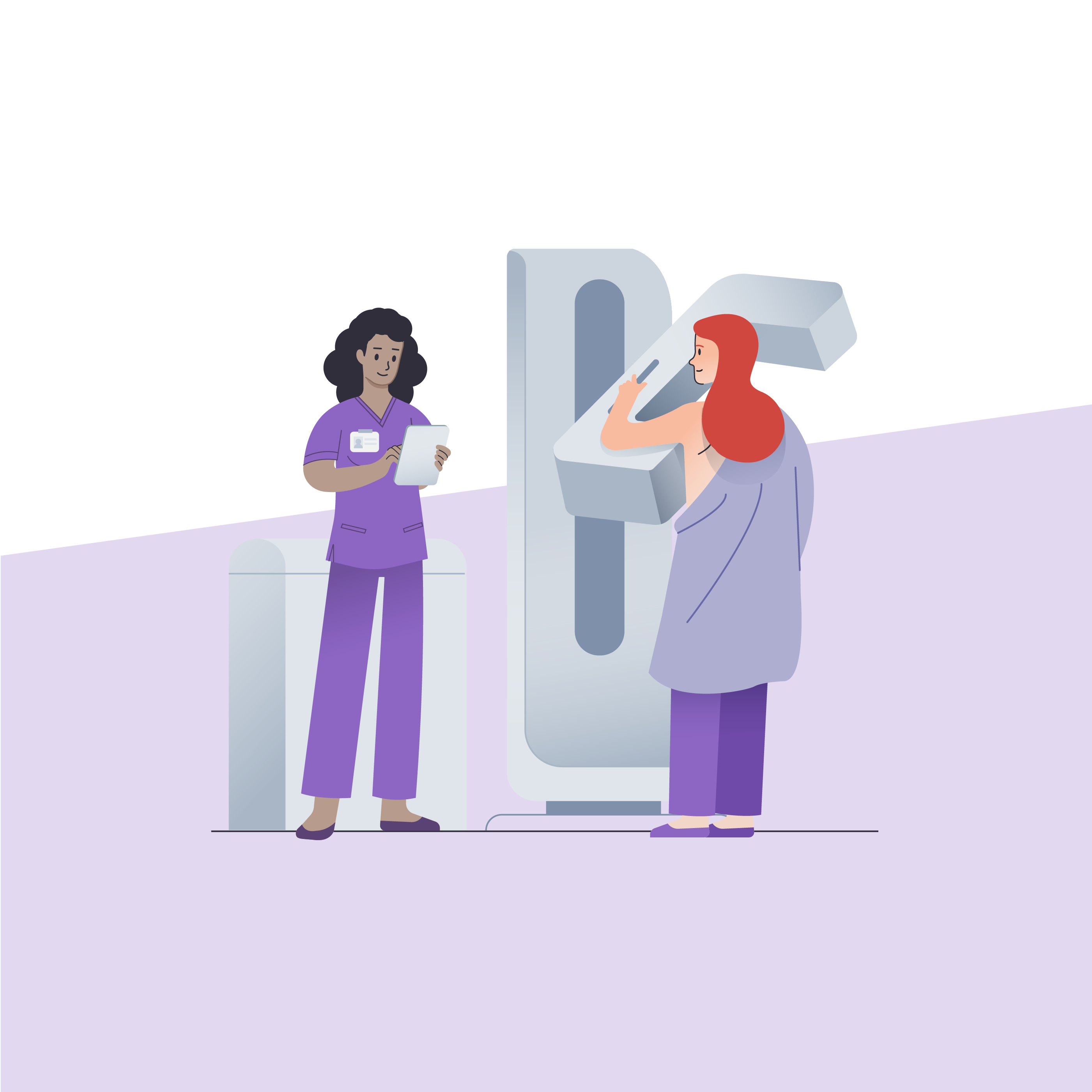

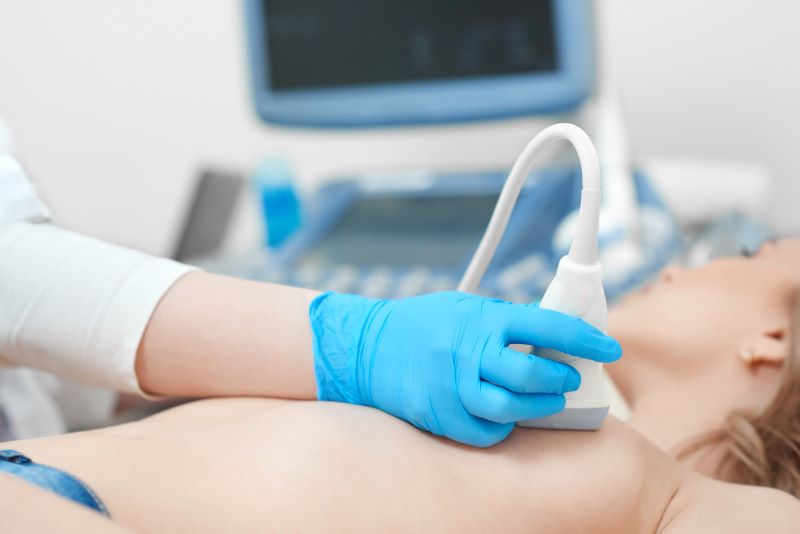
![monitoring breast density shutterstock_1299510538-[Converted]](https://magview.com/wp-content/uploads/2023/05/shutterstock_1299510538-Converted.jpg)
